Internet of Things (IoT): How It Works and Benefits
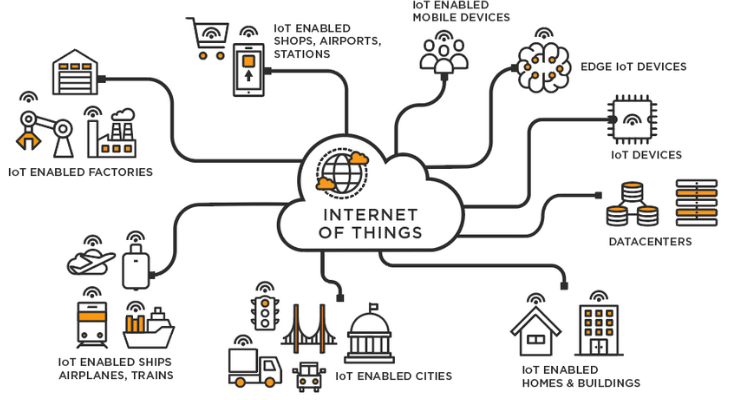
In a world of ever-evolving technology, you’ve likely heard the term “Internet of Things” or IoT being tossed around. However, what is it precisely and how does it affect our lives? In this article, we’ll demystify IoT, exploring its core concepts, applications, benefits, and the underlying technologies that make it all possible.
Table of Contents
ToggleWhat is Internet of Things (IoT)?
Let’s start with the basics. IOT stand for Internet of Things .The Internet of Things, often abbreviated as IoT, is a network of interconnected devices and objects that communicate and share data over the internet. These devices can be anything from everyday appliances like smart refrigerators to industrial equipment and wearable gadgets.
How does IoT work?
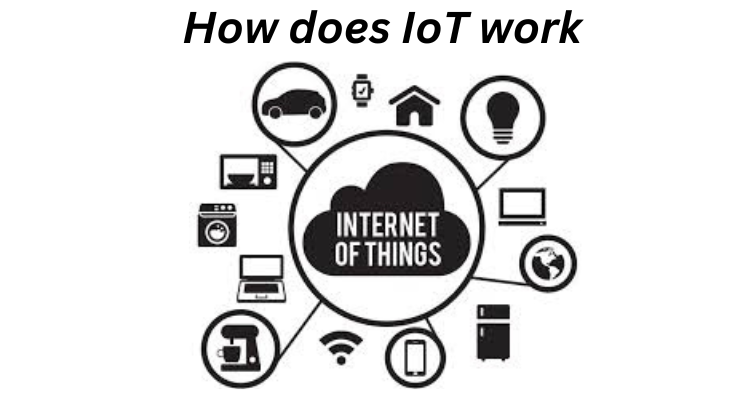
A standard Internet of things system functions by gathering and exchanging data in real time. An IoT system consists of three components:
- Smart devices:This is a gadget that has been equipped with computational power, much like a television, security camera, or workout apparatus. It gathers information from its surroundings, user inputs, and usage trends, then transfers that information to and from its Internet of Things application via the internet.
- IoT application:An Internet of Things application is a group of programs and services that combines information from different IoT devices. It analyzes this data and makes defensible conclusions using artificial intelligence (AI) and machine learning technologies. The Internet of Things device receives these judgments back and reacts intelligently to further inputs.
- A graphical user interface:An Internet of Things device, or fleet of devices, can be managed via a graphical user interface.Examples that are frequently given are websites or mobile applications that allow users to register and manage smart devices.
Types of IoT
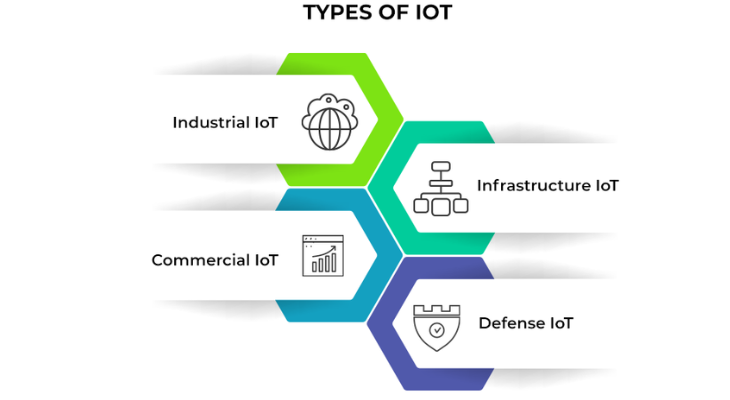
The particular Internet of Things application being used determines a lot of the networking, communication, and connectivity protocols. Based on how they are used, there are numerous varieties of IoT applications, just as there are numerous kinds of IoT devices. These are a few of the most typical ones:
- IoT for consumers: mostly for daily use. For instance, light fixtures, voice assistants, and home appliances.
- Commercial IoT: Mostly utilized in the transportation and healthcare sectors. such as intelligent monitoring systems and pacemakers.
- Military Things (IoMT): refers to the employment of IoT technologies primarily in the military. For example, biometrics worn by humans during combat and surveillance robots.
- Industrial Internet of Things (IIoT): Mainly utilized in the manufacturing and energy industries, among other industrial settings. For instance, big data in industry, smart agriculture, and digital control systems.
- IoT infrastructure is mostly utilized in smart cities for connectivity. For instance, infrastructure management systems and sensors.
What are examples of IoT devices?
Let’s examine a few instances of current IoT systems in use:
Connected cars:There are numerous methods for connecting automobiles, including autos, to the internet. Infotainment systems, smart dashcams, or even the car’s connected gateway can do it. To track driver performance and vehicle health, they gather data from the wheels, fuel tanks, odometer, speedometer, brakes, and accelerator. There are several applications for connected automobiles:
- Keeping an eye on rental car fleets to cut expenses and improve fuel economy.
- Assisting parents in monitoring their children’s driving habits.
- Automatically informing friends and family in the event of an automobile accident.
- Identifying and averting the need for car maintenance.
Connected homes:Enhancing home networking and increasing safety and efficiency are the key goals of smart home technology. Smart thermostats and smart outlets, for example, offer more precise temperature management and electricity usage monitoring. IoT sensors can be used by hydroponic systems to control the garden, while IoT smoke detectors can identify tobacco smoke. Security cameras, water leak detectors, and door locks are a few examples of home security systems that may identify and stop threats as well as notify homeowners when they occur.
Home devices with internet access can be utilized for:
- Shutting off unused gadgets automatically.
- Maintenance and administration of rental properties.
- Locating lost objects, such as wallets or keys.
- Automating routine chores like coffee preparation and vacuuming.
Smart cities:Infrastructure maintenance and urban planning are becoming more efficient thanks to IoT technologies. IoT applications are being used by governments to address issues related to infrastructure, health, and the environment. Applications for IoT can be utilized for:
- Measuring radiation exposure and air quality.
- Using smart lighting solutions to lower energy costs.
- Identifying the need for repair on vital infrastructure, such as pipelines, bridges, and roadways.
- Profitability is raised by effective parking management.
Smart buildings:IoT applications are used by buildings, including commercial and educational campuses, to increase operational efficiencies. IoT gadgets in smart buildings can be utilized for:
- Cut back on energy use.
- Reducing the expense of maintenance.
- Maximizing the use of workspaces.
What is Industrial IoT?
The term “industrial IoT” (IIoT) describes smart devices that are used to increase company efficiency in manufacturing, retail, healthcare, and other industries. Industrial equipment and sensors provide business owners with comprehensive, real-time data that may be leveraged to enhance operational procedures. They offer insights on production, logistics, supply chain management, and human resources with the goal of lowering costs and generating more income.
Let’s examine some of the current smart industrial solutions across several sectors.
- Manufacturing:Business Wearable technology and predictive maintenance are two uses of IoT in manufacturing that increase worker safety and minimize unscheduled downtime. IoT solutions can reduce production downtime by anticipating machine failure before it occurs. Computer vision cameras and wearables like bracelets are utilized to alert workers to possible dangers.
- Automobile:Robotics and sensor-driven analytics improve production and maintenance efficiency in cars. For instance, 3D real-time photographs of interior car components are provided by industrial sensors. The Internet of Things system can do diagnostics and troubleshooting considerably more quickly and can automatically order replacement parts.
- Logistics and transport:IoT devices for business and industry can support supply chain management, including planned maintenance, vendor interactions, inventory control, and fleet management. Industrial IoT solutions are used by shipping corporations to monitor assets and improve fuel usage on shipping routes. The method is particularly helpful for maintaining precise temperature in refrigerated containers. Supply chain managers use clever routing and rerouting algorithms to produce well-informed predictions.
- Purchase:In the retail industry, Amazon is leading the way in automation and human-machine cooperation. Robots with internet connections are used in Amazon facilities to move, sort, track, and locate goods.
How can we live better thanks to IoT?
The effects of the Internet of Things on daily life and employment are extensive. It makes life more comfortable, productive, and healthy by enabling machines to perform more heavy lifting and take over boring jobs.
For instance, your entire daily routine may change as a result of connected devices. Your alarm clock would automatically turn on the coffee maker and open your window curtains when you pressed the snooze button. When the food in your refrigerator is almost gone, it will automatically arrange delivery to your house. In addition to providing you with the day’s menu, your smart oven may also prepare pre-made meals and guarantee that your lunch is ready. While your linked automobile automatically sets the GPS to stop for a fuel refill, your smartwatch will set up meetings. In an IoT future, the possibilities are virtually limitless!
Benefits of IoT for business
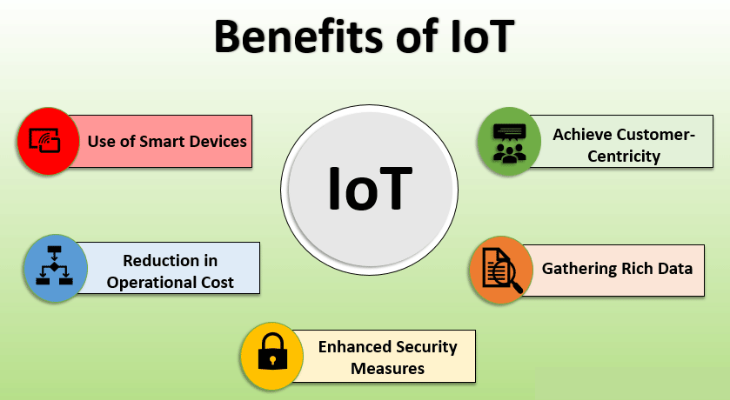
Accelerate innovation
Businesses can acquire sophisticated analytics through the Internet of Things that reveal new prospects. By gathering information on consumer behavior, for instance, companies can develop advertising campaigns that are extremely focused.
Use AI and ML to transform data into insights and actions.
Future results can be forecast using gathered data and past trends. To anticipate maintenance incidents, for instance, warranty data and data gathered by the Internet of Things can be combined. This can be applied to foster client loyalty and offer proactive customer care.
- Increase security:Infrastructure, both digital and physical, may be continuously monitored to maximize performance, increase efficiency, and lower safety hazards. For instance, system updates can be scheduled automatically by combining hardware and firmware version data with data gathered from an on-site monitor.
- Scale differentiated solutions:To improve customer satisfaction, IoT technology can be implemented in a customer-focused manner. For instance, quickly replenishing popular products can help prevent shortages.
What are IoT technologies?
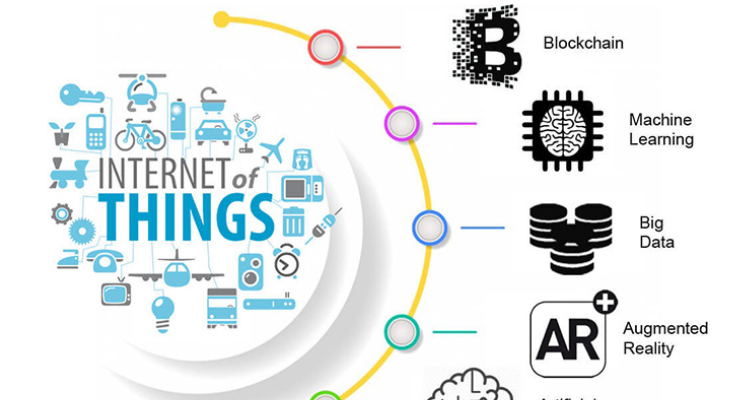
The following technologies may be found in IoT systems:
- Edge computing:The technology that allows smart devices to do more than only send and receive data to their IoT platform is known as edge computing. It improves response time and lowers communication latency by boosting processing power at an IoT network’s edges.
- Cloud computing:Cloud technology makes data available to several devices on the network and is used for remote data storage and IoT device management.
- Machine learning:The software and algorithms used to process data and make judgments in real time based on that data are referred to as machine learning. These machine learning algorithms are applicable at the edge or in the cloud.
Conclusion
In conclusion, the Internet of Things (IoT) is more than just a buzzword; it’s a technology that is reshaping the way we live, work, and do business. With the ability to connect and automate devices, collect and analyze data, and improve efficiency, IoT has become an integral part of our modern world.
Whether it’s the convenience of a smart home, the efficiency gains in industrial settings, or the insights gained by businesses, IoT is improving our lives in various ways. As IoT technologies continue to evolve, we can anticipate even more innovative applications and a greater impact on society. So, if you’ve been curious about IoT, embrace it, because it’s a transformative force that’s here to stay and will continue shaping our world in remarkable ways.
Frequently Asked Questions (FAQs) about IoT:
What are some examples of IoT devices?
Common examples include smart thermostats, connected home security systems, wearable fitness trackers, and industrial sensors in factories.
What is Industrial IoT (IIoT)?
IIoT is a subset of IoT focused on industrial applications. It uses IoT technology to enhance productivity, automation, and data analytics in sectors like manufacturing and agriculture.
How can IoT improve our lives?
IoT makes life more convenient by automating tasks, providing real-time information, and enhancing efficiency. For example, smart homes can adjust lighting and temperature settings, and wearable health devices help individuals track their wellness.
What are the benefits of IoT for businesses?
IoT benefits businesses by offering insights into consumer behavior, reducing operational costs, and optimizing production processes. It helps companies make data-driven decisions and improve customer experiences.
What technologies support IoT?
IoT relies on technologies like edge computing (data processing closer to IoT devices), 5G (fast and reliable connectivity), and AI (making sense of IoT data).

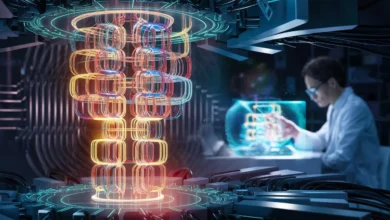
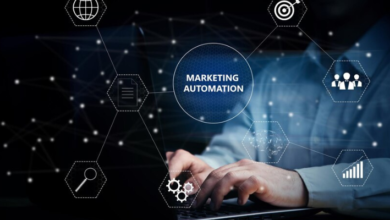


3 Comments